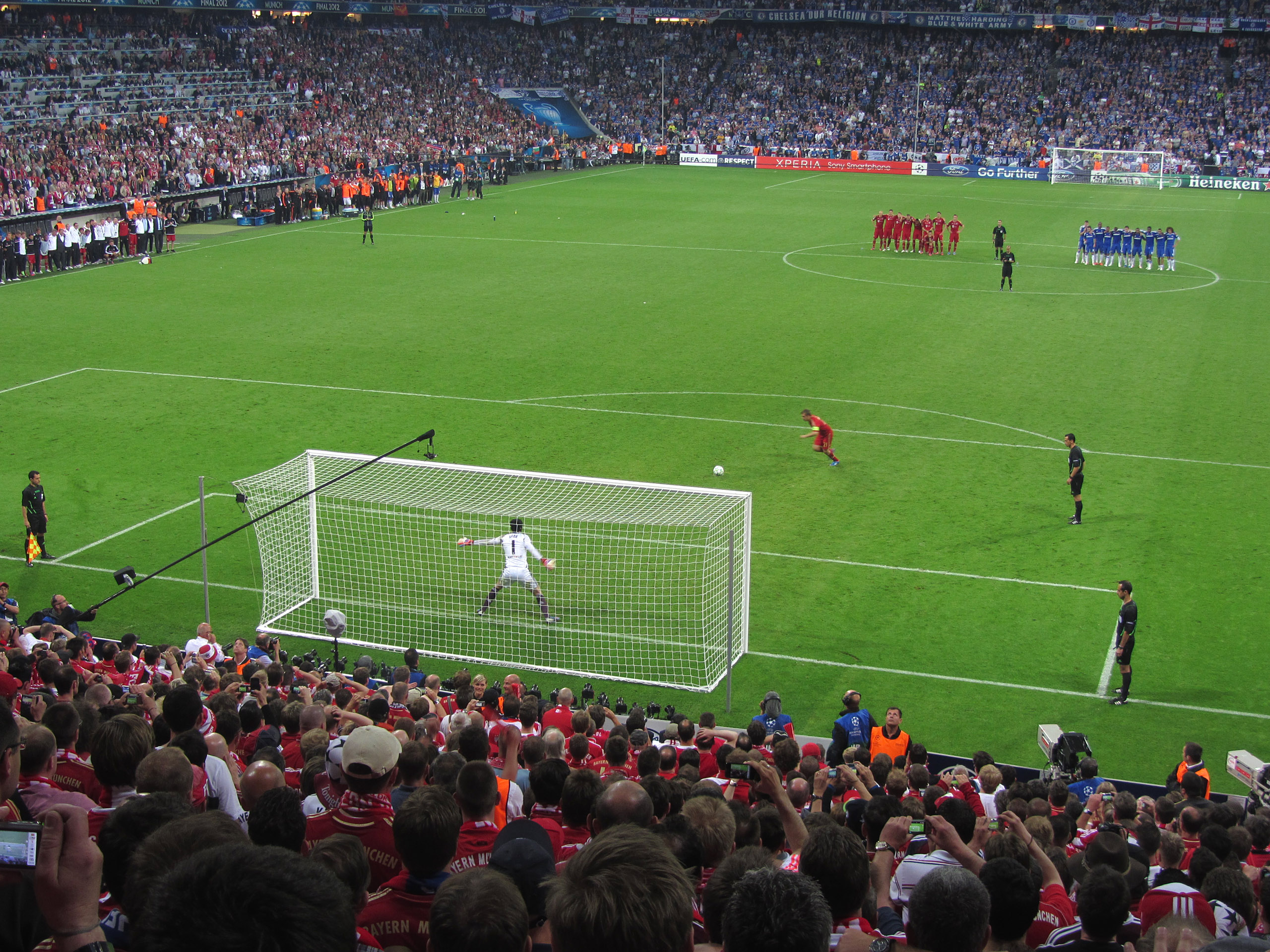Trait and state anxiety are a psychological response akin to nervousness or worry. It generally brings with it a sense of unease about something with an uncertain outcome. It causes an increase in hear rate and blood pressure, but also increased nervousness. Anxiety stimulates our “fight or flight” response, releasing adrenaline into the blood stream, and usually has a negative affect on performance. Both trait and state anxiety need to be controlled in the sporting context.
Trait anxiety refers to anxiety as a characteristic of a person, so that the person is generally anxious about unknown outcomes, it is a part of who the person is. People have various levels of trait anxiety, and an athlete with high levels of trait anxiety will need to develop mechanisms to control the levels of anxiety that arise with performance.
State anxiety refers to anxiety that arises in a particular situation. Everyone experiences state anxiety, but the stimulus can vary. In sport state anxiety may rise when an athlete is in a high-pressure situation and is called upon to perform. Examples of this include: serving for the match in tennis, taking a penalty shot in soccer, converting a try in rugby, or shooting a free throw in basketball.

